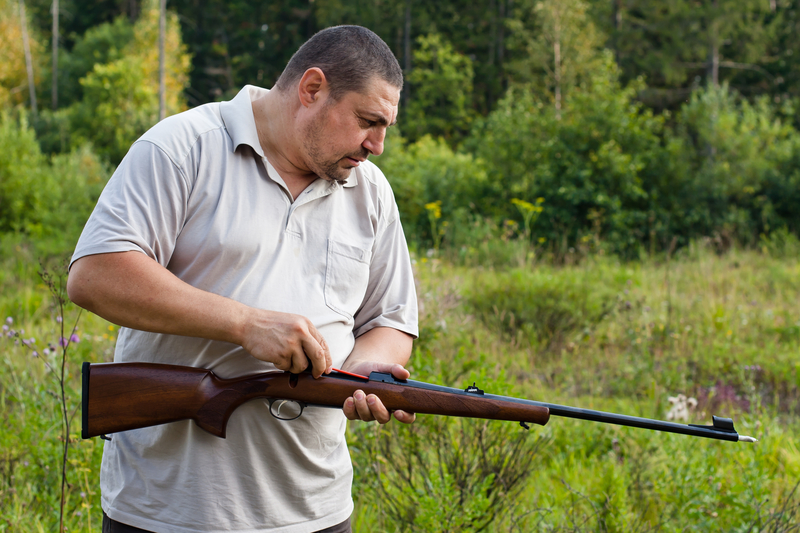So, what's all the fuss with copper fouling? Well, here's why having even a little bit of copper residue can be such a big problem?
Rifle barrels must have two characteristics if they’re to shoot accurately. The bore must be dead straight and centered*, and the rifling grooves, which can be anywhere from .002 to .006 deep, can’t vary in depth. If you watch a barrel maker lapping a barrel, one of the things he’s doing with that lead slug on the end of a steel rod is feeling for loose spots and tight spots and eliminating them.
So, think a minute about what a nice blob or a thick streak of copper, or copper alloy, does to that uniform barrel. There it sits, creating a tight spot, and a non-symmetrical tight spot at that, collecting even more copper every time the rifle is fired.
And it’s not done there. Copper, smeared on steel, can corrode the steel if there’s moisture present. This creates pits, which do a superior job of gouging jackets as bullets pass over them. Very often, a copper-fouled barrel will shoot OK until it’s cleaned, and then it won’t shoot worth a damn. The copper has covered up the pits, and when it’s removed, the bore looks like the surface of the moon.
The problem with allowing “some” copper in the bore is, how much is “some”? You can go on for a while living with your copper-plated bore, but sooner or later will come the day when your rifle sprays slugs all over the place, and then I can promise you that one hell of a job awaits you getting the copper out.
What do you think of copper fouling? Do you think a little copper residue is OK? How do you deal with the problem? Share your thoughts in the comment section below!
Article Source: Field & Stream
